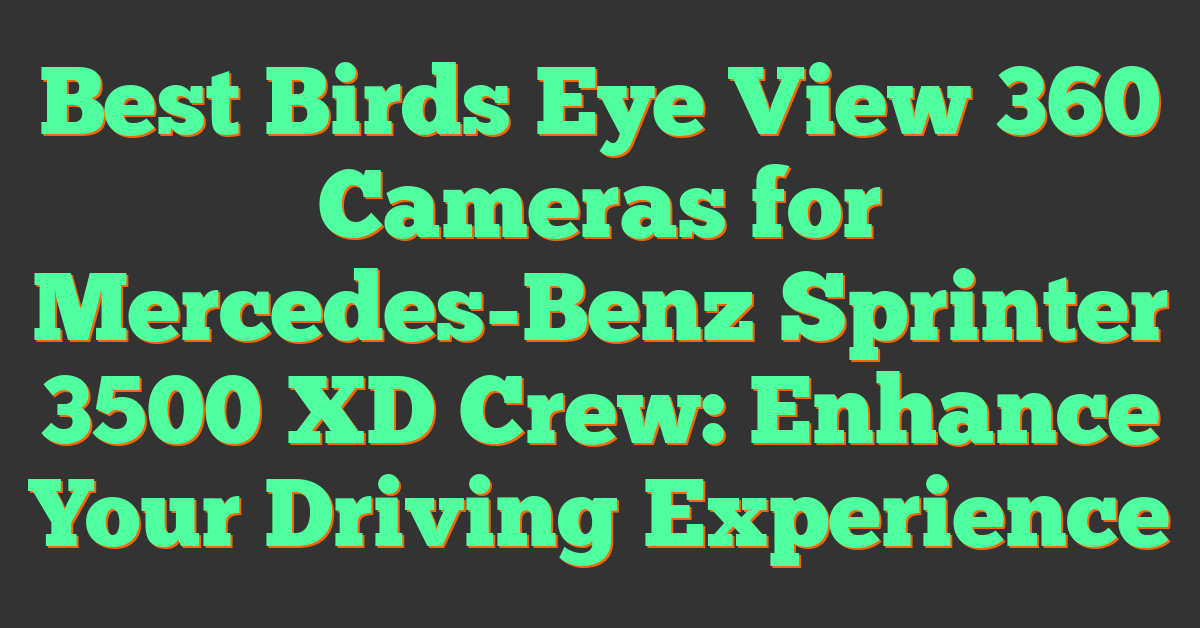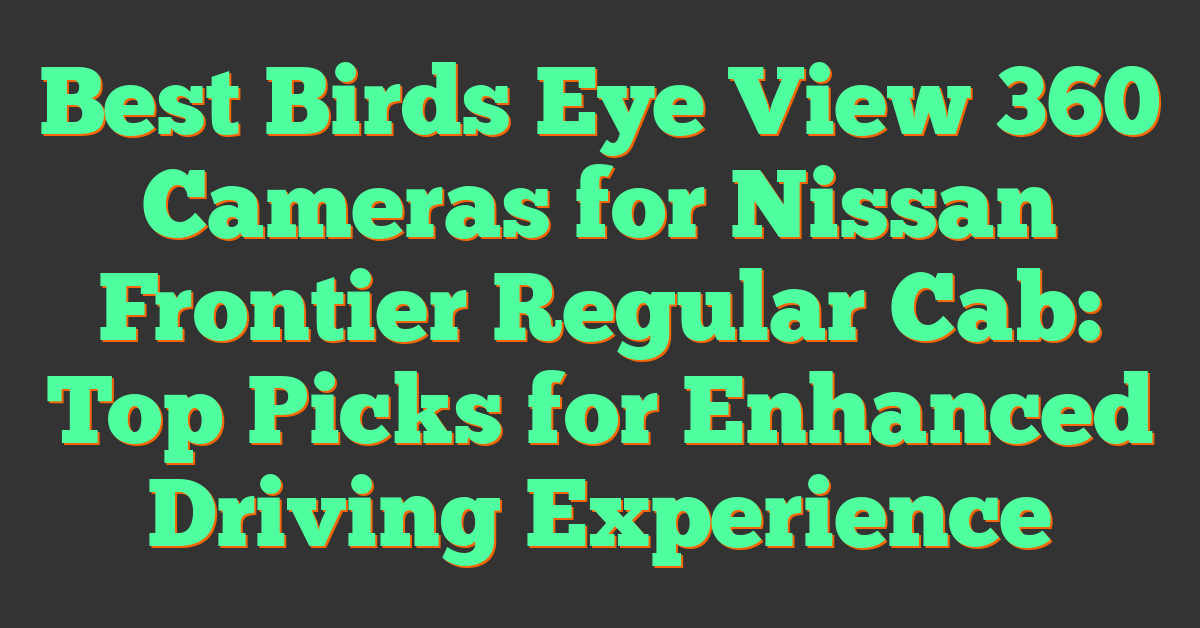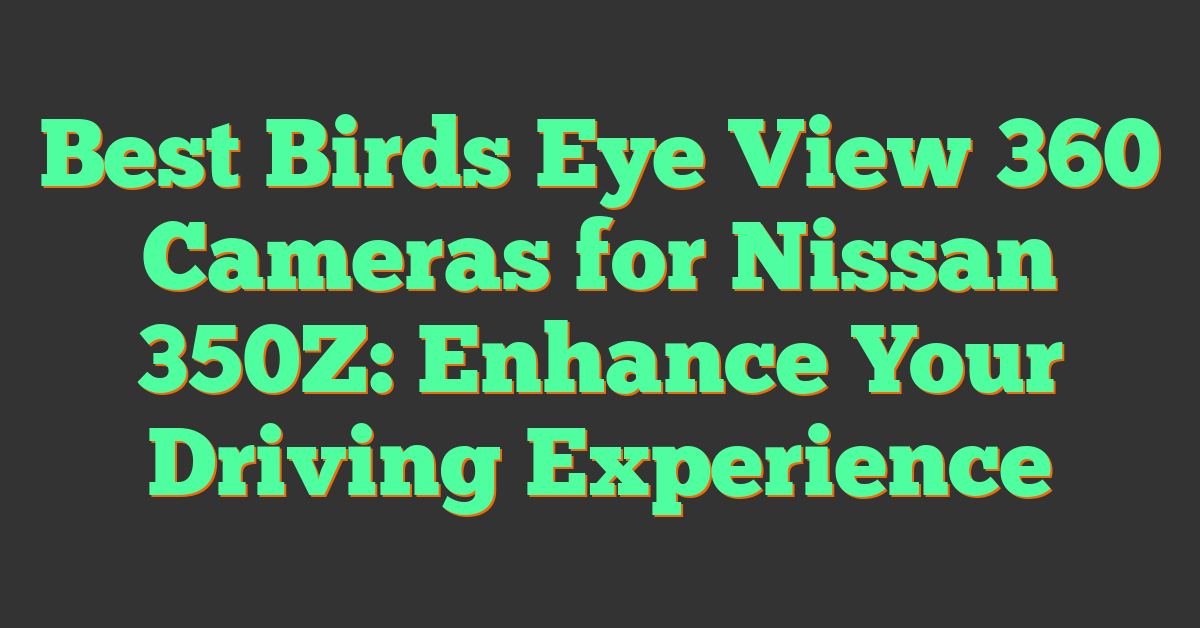Key Takeaways
- Large sensors, wide apertures, and high ISO capabilities are essential features for superior low-light performance in 360 cameras.
- Cameras like the Insta360 ONE RS and Ricoh Theta Z1 offer exceptional image clarity, thanks to their 1-inch sensors and advanced light-capturing abilities.
- Image stabilization, both optical and digital, is critical for ensuring smooth, blur-free footage in dim conditions.
- The Insta360 X3 stands out as an affordable option with solid low-light capabilities, combining f/1.9 aperture lenses and AI-enhanced tools.
- Effective low-light shooting involves optimizing camera settings, using external lighting options, and post-processing images or videos to minimize noise.
- Investing in the right camera depends on balancing your budget with professional-quality features like resolution, portability, and advanced software tools.
Capturing stunning 360-degree photos and videos in low-light conditions can be tricky without the right gear. Not all cameras are built to handle dim environments while maintaining clarity and detail, which is why finding the perfect 360 camera for these situations is essential.
I’ve explored some of the best options designed to excel when the lights are low. Whether you’re shooting nightscapes, dimly lit interiors, or late-night adventures, the right 360 camera can make all the difference. Let’s dive into what makes these cameras stand out and how they can elevate your low-light photography.
Best Features To Look For In A 360 Camera For Low-Light Conditions
Selecting a 360 camera for low-light settings means focusing on capabilities that enhance image clarity and detail in dim environments. Below are the most critical features I recommend evaluating.
Sensor Size and Image Quality
A large sensor captures more light to produce sharper visuals in low-light scenes. Full-frame sensors and 1-inch variants, like those in some Insta360 and Ricoh Theta models, perform exceptionally well. Cameras with high-resolution sensors of at least 20 megapixels retain details, even in darker areas. Multi-lens setups further contribute to seamless stitching and natural rendering of shadows.
Low-Light Performance Metrics
Key metrics help identify cameras optimized for dim scenarios. ISO range plays a vital role; cameras capable of exceeding ISO 6400 handle nighttime shots effectively. Look for cameras with larger aperture values, such as f/2.0 or wider, as they allow more light into the lens. Consider dynamic range ratings, which influence how well highlights and shadows are maintained in challenging lighting.
Image Stabilization and Software Enhancements
Stabilization ensures smooth videos without blurs or distortions, even when handheld in low light. Optical image stabilization (OIS) and gyro-based digital stabilization are common in premium models. Advanced post-processing algorithms, including AI-powered noise reduction and HDR modes, refine low-light footage by minimizing grain and balancing light distribution without compromising realism.
Battery Life and Portability
Long-lasting batteries support extended nighttime shoots. Models like the GoPro Max, offering up to 2 hours on a single charge, minimize interruptions. Compact and lightweight designs ensure ease of movement, critical for travel or handheld recording in dark venues. Swappable batteries or external power bank compatibility also ensure uninterrupted performance during extended sessions.
Top 360 Cameras For Low-Light Conditions
Capturing sharp 360-degree content in dim environments is challenging but achievable with the right gear. I’ve identified three standout 360 cameras that excel in low-light situations, offering exceptional performance for photographers and videographers alike.
Camera 1: Features, Pros, and Cons
The Insta360 ONE RS 1-Inch 360 Edition is one of the top picks for low-light photography. It features dual 1-inch sensors co-engineered with Leica, capturing detailed 6K 360-degree video and 21MP stills. The large sensor size enhances light capture, making it especially effective in dim environments.
Pros:
- Large 1-inch sensors for superior low-light performance.
- High-resolution 6K video and 21MP stills for detailed visuals.
- FlowState stabilization ensuring smooth footage even in handheld shots.
Cons:
- Bulky compared to other 360 cameras, which reduces portability.
- Premium price may not suit casual users.
Camera 2: Features, Pros, and Cons
« Action 360 Cameras: Best Accessories to Elevate Your Filming Game
Top Budget 360 Cameras Under $200 Reviewed: Affordable Picks for Stunning 360° Shots »
The Ricoh Theta Z1 is a professional-grade option for those prioritizing image quality. With 1-inch back-illuminated CMOS sensors, it delivers stunning 23MP photos and 4K video, even in low-light environments. The adjustable aperture (f/2.1-f/5.6) is a unique feature, allowing customization based on lighting conditions.
Pros:
- Adjustable aperture for optimized light capture.
- Dual 1-inch sensors ensuring excellent low-light clarity.
- Compact and lightweight design enhances portability.
Cons:
- Limited recording time due to non-removable battery.
- Lack of robust real-time stabilization for video creators.
Camera 3: Features, Pros, and Cons
The Insta360 X3 combines affordability and strong low-light capabilities. Its f/1.9 aperture lenses gather ample light, while the 1/2-inch sensors ensure sufficient brightness and detail in low-light scenarios. The camera supports 5.7K 360-degree video and offers AI-powered editing tools.
Pros:
- Bright f/1.9 aperture for improved low-light shots.
- AI-enhanced tools simplify editing for beginners.
- Sturdy waterproof design adds versatility for outdoor use.
Cons:
- Smaller sensors reduce image quality compared to higher-end models.
- Video quality in extremely dark setups can struggle with noise.
These cameras cater to various needs and skill levels, making them ideal for exploring creative possibilities in low-light and 360-degree environments.
Comparing Key Features
Understanding the critical features of 360 cameras for low-light conditions is essential for making informed decisions. I evaluated the standout models based on their performance in key areas like image quality, usability, and cost-effectiveness.
Image Quality in Low-Light Scenarios
Low-light image clarity matters most for achieving sharp and vibrant results. The Insta360 ONE RS 1-Inch 360 Edition leads with its dual 1-inch sensors, delivering impressive 6K video resolution and exceptional detail in shadows and highlights. The Ricoh Theta Z1 excels with its 1-inch back-illuminated sensors, creating 23MP stills that retain depth and color accuracy under dim lighting. Meanwhile, the Insta360 X3 pairs its f/1.9 aperture lenses with basic AI enhancements to provide commendable details, although its smaller sensors slightly hinder performance in extremely dark setups.
Ease of Use and Accessories
User-friendly operation and reliable accessories enhance a camera’s overall practicality. The Insta360 ONE RS excels with modular capabilities for on-the-go adjustments and includes FlowState stabilization to ensure professional results. The Ricoh Theta Z1, while offering adjustable aperture settings for better light control, requires manual effort for its limited stabilization. The Insta360 X3 stands out in this category, making quick adjustments possible through its intuitive touch screen and offering built-in water resistance for outdoor versatility.
Price Versus Performance
Investing wisely involves balancing price with the features that matter most. The Insta360 ONE RS offers top-tier low-light performance, but its $799 price reflects the premium sensors and advanced capabilities. The Ricoh Theta Z1 targets professional use cases with a higher $999 price tag, justifiable for its focused image quality and pro-grade features. The Insta360 X3, priced at $449, delivers solid performance at a more affordable level, ideal for enthusiasts exploring 360 video without overextending their budget.
Tips For Shooting In Low-Light With 360 Cameras
Capturing detailed and immersive 360-degree content in low light can be challenging. With the right techniques and tools, it’s possible to achieve stunning results and make the most of your camera’s capabilities.
Optimizing Camera Settings
Adjusting settings directly impacts performance in low-light conditions. I always start by setting the ISO to a higher range, but I avoid going too high to reduce noise. Most modern 360 cameras, like the Insta360 ONE RS, allow manual ISO adjustment up to 3200 or higher. Experimenting with this range helps find the right balance.
Widening the aperture lets more light into the sensor. Cameras like the Ricoh Theta Z1 offer adjustable apertures, down to f/2.1, to enhance light exposure. Pair this with slow shutter speeds to capture more details in dimly lit spaces. Using a tripod or stable surface minimizes motion blur when using slower shutter speeds, a trick I often rely on for sharp footage.
Using External Lighting Options
Supplementing natural light with external sources enhances clarity and detail. I recommend portable LED lights, such as the Lume Cube, as they’re compact and powerful. Place these lights strategically to create balanced lighting for your 360 content. Positioning them at an angle prevents flat-looking imagery and adds depth.
Some 360 cameras, like the Insta360 ONE RS, have mounts supporting accessories. Attaching diffused lighting ensures even illumination without harsh shadows, especially for interior shots or nighttime settings. In darker outdoor environments, I’ve found that using small, adjustable lights on stands or handheld solutions makes a significant difference.
Post-Processing Tips for Better Low-Light Results
Editing software can refine low-light footage and correct imperfections. Adobe Premiere Pro and Final Cut Pro are excellent tools for adjusting brightness, contrast, and reducing noise in videos. I often use plugins like Neat Video for noise reduction in grainy clips. For photos, I recommend Adobe Lightroom for fine-tuning highlights, shadows, and clarity.
HDR imaging works well for low-light photos. Combining multiple exposures in post-processing creates high-dynamic-range images. Some cameras, like the Ricoh Theta Z1, have in-built HDR modes. Even with these modes, touch-ups in software often elevate the final image quality.
Conclusion
Choosing the right 360 camera for low-light conditions can make all the difference in capturing stunning, detailed content when lighting is less than ideal. Whether you’re shooting nightscapes, dim interiors, or late-night adventures, the right tools and techniques are essential for success.
By focusing on features like sensor size, aperture, and stabilization, you can ensure your footage stands out, even in challenging environments. Pairing the right camera with thoughtful settings and post-processing can elevate your low-light photography and videography to the next level.
No matter your budget or skill level, there’s a 360 camera that fits your needs. With the right preparation and gear, you’ll be ready to capture incredible moments in any lighting situation.















